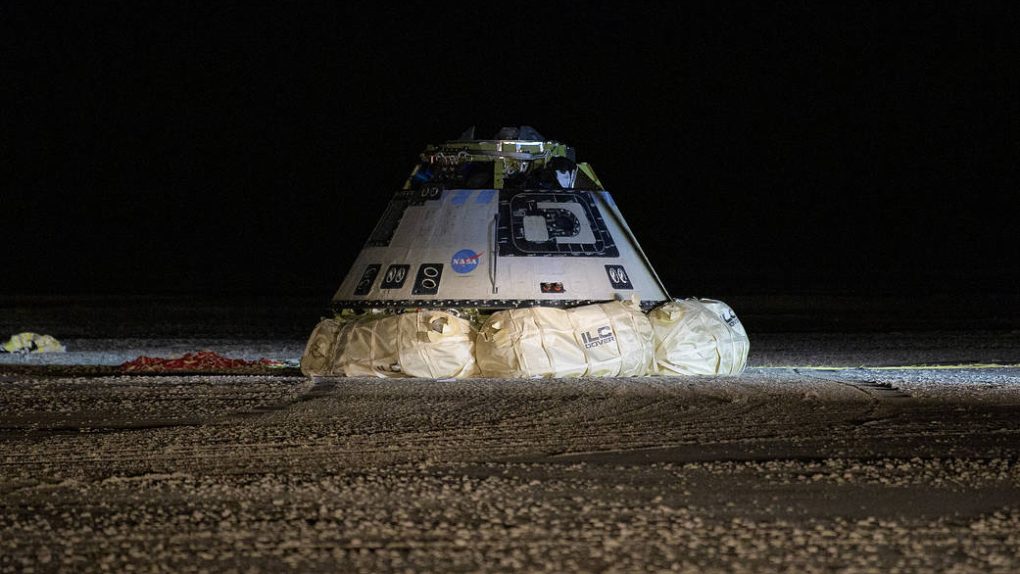NASA and Boeing had big plans to wrap up 2019 with a bang. Boeing’s Starliner, one of the stars of NASA’s Commercial Crew program, was supposed to launch to the International Space Station, dock, and then return to Earth. It would have been a huge milestone, showing that Boeing’s crew capsule was capable of hauling humans to space and returning them safely to the ground.
Unfortunately, that didn’t happen. A “glitch” in the spacecraft’s timer led it to believe it was farther along in the mission than it truly was, leading to wasted fuel and forcing NASA to scrub the trip and have Starliner land back on Earth without reaching its destination. Now, Boeing and NASA want to know exactly what went wrong.
As SpaceNews reports, NASA and Boeing will be working together to get to the bottom of the strange “anomaly” that led the spacecraft to fall out of sync with its own mission timer. The glitch forced the mission to end prematurely, but NASA and Boeing both maintain that, had humans been on board the spacecraft, they could have easily corrected the issue and the mission would have proceeded without so much as a hiccup.
Nevertheless, when you’re testing a spacecraft that is supposed to haul human astronauts, any shortcoming is potentially serious, and NASA and Boeing both want to be sure that this isn’t going to be a problem in the future.
NASA and Boeing will reportedly focus on the timer and software of the spacecraft to determine how the two fell out of sync. The teams will also evaluate how the spacecraft performed in other aspects of its flight.
NASA still has to sign off on Starliner before it will allow human passengers to travel in it, and as you can imagine, that means meeting some pretty strict criteria. It’s unclear at this point if NASA will ask Boeing to perform another uncrewed launch and docking attempt, or if it will be satisfied with the results of the investigation and allow Starliner to move toward real-world crewed flight scenarios sooner rather than later.








